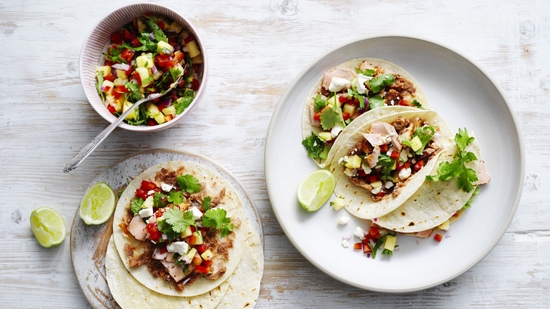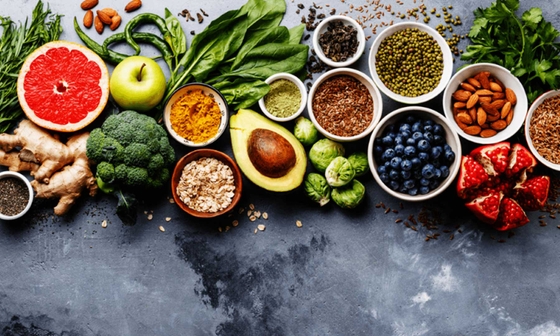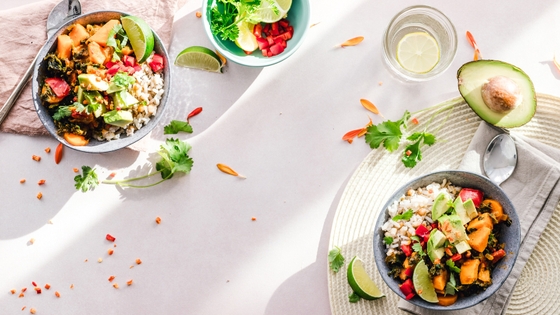
What Australia Eats
What is important to you when it comes to preparing and eating meals at home?
The Heart Foundation surveyed more than 2,000 people from across Australia to explore their views on cooking at home, accessing recipes, and making healthy food choices.
We asked people about their:
- confidence in preparing meals at home
- top considerations in meal choice
- main sources of meal ideas and recipe inspiration
- reasons for not eating as healthily as they would like to
- views on following heart-healthy eating advice.
What did we find?

Here’s a snapshot of what people told us.
- Taste is the biggest driver when choosing meals to consume or prepare at home.
- Cost is an important driver of meal choice for one in two people.
- Four in five people are confident in cooking or preparing meals with up to six ingredients.
- Four in five people are confident cooking and preparing a variety of vegetables and using healthy oils (for example olive, canola and peanut).
- One in four people find it challenging to reduce their consumption of red meat.
- Most people prefer fresh, not processed ingredients, and home-cooking.
- Only one in two people are confident cooking with beans and other legumes (for example lentils, chickpeas, peas).
- Four in five people are interested in online recipes and meal ideas that can be read online and printed out.
- One in five people are very interested in online, printable weekly dinner plans.
Healthy eating to protect your heart
The Heart Foundation recommends following a heart-healthy eating pattern that doesn’t focus on one type of food or nutrient, but rather on what you eat over days, weeks and months.
A heart-healthy eating pattern includes:
- plenty of vegetables, fruit and wholegrains
- a variety of healthy protein-rich foods especially fish and seafood, legumes (such as beans and lentils), nuts and seeds. Eggs and poultry can also be enjoyed as part a heart-healthy eating pattern. If you eat red meat, choose lean cuts and limit to one to three times per week.
- unflavoured milk, yoghurt and cheese. People with high cholesterol or heart disease should choose reduced fat varieties.
- healthy fats and oils. Choose nuts, seeds, avocados, olives and their oils for cooking.
- herbs and spices to flavour foods, instead of adding salt.
This way of eating is naturally low in unhealthy fats, salt and added sugar. It’s rich in wholegrains, fibre, antioxidants and healthy fats.
Find out more about heart-healthy eating patterns.
Keen for more?
We have plenty of resources to help you follow a heart-healthy eating pattern.
Explore our full range of recipes for delicious, budget-friendly and easy to prepare heart-healthy meals you can make at home.
Discover our collection of free recipe e-books, from ‘Family recipes on a budget’ to '5 Ingredient Recipes' plus many more.
Sign up for your free Heart-healthy Dinner Plan. Get four weeks of easy-to-follow dinner recipes, shopping lists, tips and other helpful information to make healthy eating easy.
You might also be interested in...

Heart-healthy Dinner Plans
4 weeks of tasty, heart-healthy dinners

How to follow a heart healthy eating pattern
Follow these easy tips to boost your heart health and embrace a heart-healthy eating pattern.

9 food and heart health myths, busted
Let’s dive into nine common food and health myths and the facts behind them.
Last updated19 February 2024